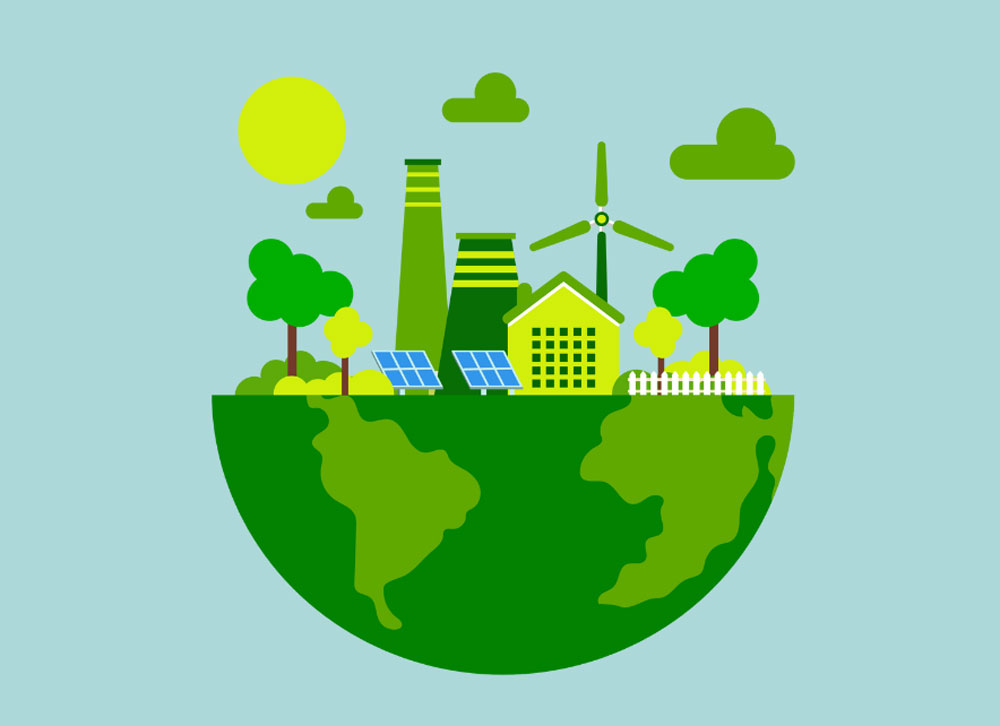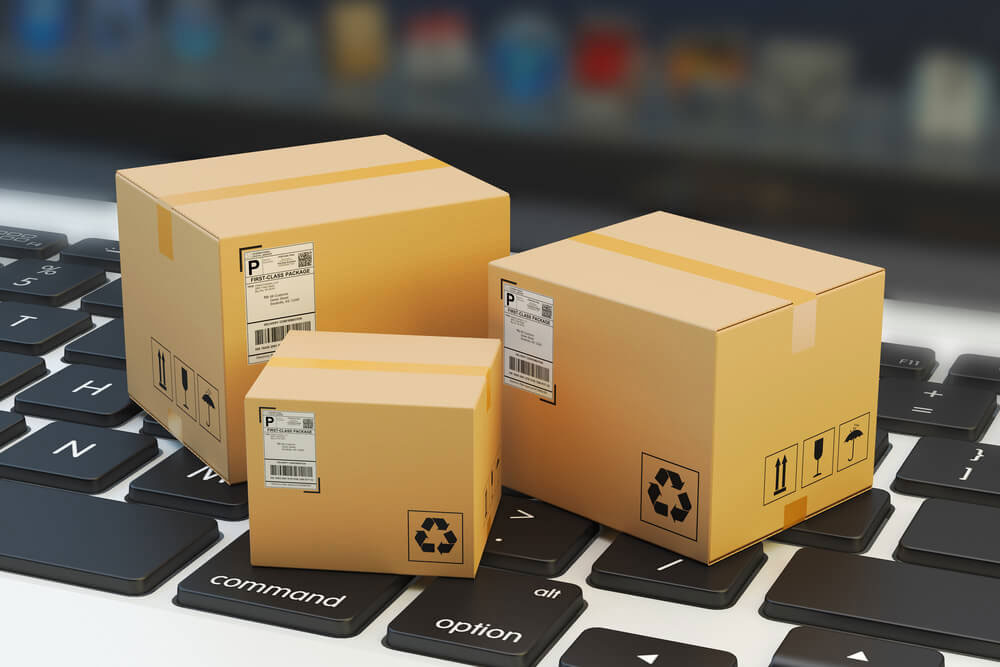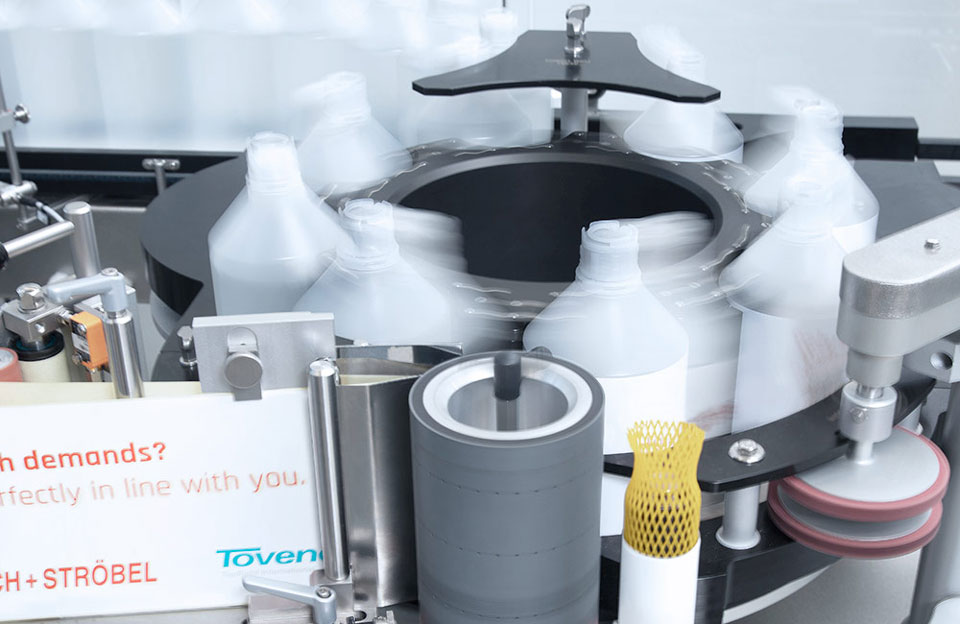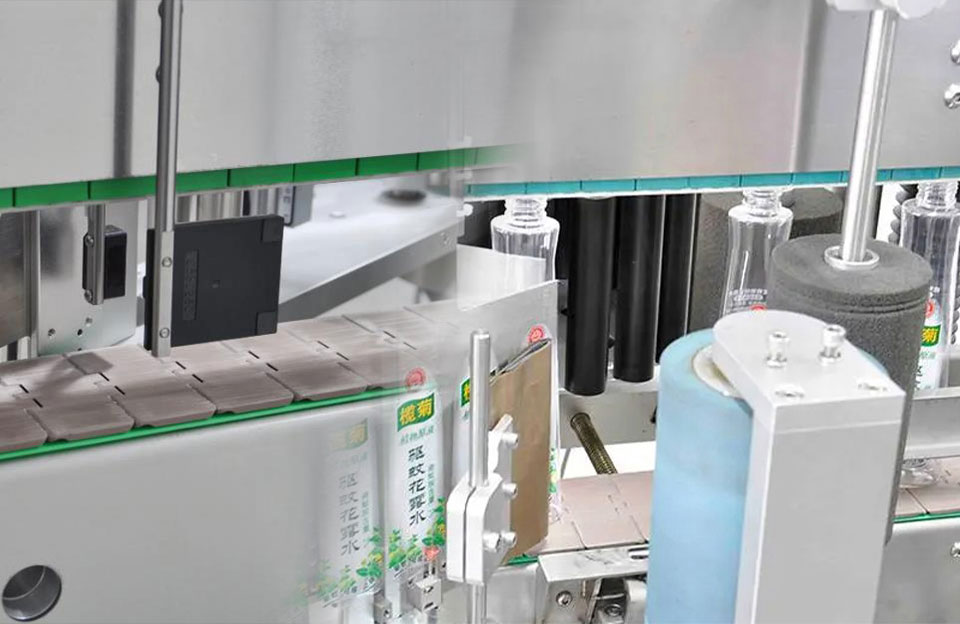Environmental sustainability is critical as it directly affects the well-being of our planet, its inhabitants and future generations. It is worth noting that environmental impact of labeling machine is obvious. Labeling machines’ design, manufacture, and use must incorporate environmental protection measures. At the same time, it is necessary to move towards a more sustainable and environmentally friendly method in continuously upgrading labeling machines. Environmental sustainability is critical to maintaining a balanced and prosperous planet. It is a collective effort involving individuals, businesses, governments and organizations working together to protect the environment, conserve resources and ensure a sustainable future for all.
What Factors Should The Environmental Protection of The Labeling Machine Have?

Environmental considerations for labeling machines are critical to minimizing their environmental impact and promoting sustainable practices.
- Energy Efficiency: The labeling machine should be designed for energy saving, use power-saving technology and optimize energy consumption during operation.
- Material Selection: The selection of materials used to manufacture labeling machines should consider the impact on the environment. Manufacturers should choose sustainable and recyclable materials whenever possible.
- Emission Reduction: Manufacturers should implement emission reduction measures during the manufacturing process to ensure that labeling machines produce minimal or no harmful emissions during operation.
- Resource Conservation: Designing machines that minimize resource usage, such as reducing label waste and the number of consumables, contributes to resource conservation.
- Recyclability: Manufacturers should prioritize recyclability when designing labeling machines so that components are easier to disassemble and recycle at the end of their life cycle.
- Reduce Waste: Implementing techniques that minimize waste during label application can reduce the overall environmental impact of the labeling process.
- Life Cycle Assessment: Manufacturers should conduct a life cycle assessment to understand the environmental impact of labeling machines from production to disposal, helping identify improvement areas and guiding sustainable design decisions.
- End-of-Life Management: Manufacturers should guide proper end-of-life management of labeling machines, including information on recycling and responsible disposal options.
- Sustainable Packaging: Consideration should be given to reducing packaging waste associated with labeller shipping and delivery.
- RoHS Compliance: Compliance with the Restriction of Hazardous Substances (RoHS) directive ensures that labeling machines are free of hazardous substances that could harm the environment.
- Environmental Certification: Manufacturers can seek environmental certification, such as ISO 14001, to demonstrate their commitment to environmental protection and sustainable development.
- User Training: Providing users with proper training on the efficient and environmentally responsible use of the labeling machine can help reduce unnecessary waste and improve overall environmental performance.
- Energy Management: Labeling machine users should take energy management measures to reduce energy consumption, such as turning off the machine when not in use.
- Maintenance and Repair: Regular maintenance and timely repair of labeling machines can extend their service life, reduce the need for premature replacement and save resources.
- Circular Economy Principles: Manufacturers can adopt circular economy principles, such as refurbishment and remanufacturing options, to extend the life of labeling machines and reduce waste.
Environmental Impact of Labeling Machine

The environmental impact of labeling machine can be positive and negative, depending on how they are designed, manufactured and used.
Positive Influence:
- Resource Efficiency: An efficient labeling machine can reduce label waste and optimize label usage, reducing material consumption and saving resources.
- Energy Efficiency: The energy-saving labeling machine can reduce power consumption during operation, reduce greenhouse gas emissions, and contribute to overall energy saving.
- Sustainable Materials: Labelers made from sustainable and recycled materials help reduce environmental footprint and promote a circular economy.
- Reduce pollution: Automatic labeling reduces the possibility of human error, thereby reducing mislabeled products and associated waste. Accurate label application reduces the need for rework and reduces label material usage.
- Improve Supply Chain Efficiency: Proper labeling ensures that products are properly identified and tracked throughout the supply chain, reducing the risk of mismanagement and waste.
Negative Impact:
- Energy Consumption: Inefficient or poorly maintained labeling machine can consume excessive energy, resulting in higher carbon emissions and environmental impact.
- Material Waste: If the labeling machine is not properly calibrated or malfunctions frequently, it can lead to the misapplication of labels, creating waste and increasing material consumption.
- Chemical Use: Some label adhesives or inks may contain hazardous chemicals that can cause damage to the environment if not managed properly during production and disposal.
- End-of-Life Disposal: If not recycled or refurbished properly, labeling machines at the end of their life cycle may end up in landfills, leading to an e-waste problem.
- Packaging Waste: Packaging and shipping of labeling machines can generate waste if sustainable practices are not considered.
To maximize the positive impact and minimize the negative impact of labeling machines on environmental sustainability, manufacturers and users should take various measures:
- Employs energy-efficient technologies and components to reduce power consumption.
- Design machines with modular and recyclable components for easy disassembly and recycling.
- Use sustainable and environmentally friendly label materials.
- Implement preventative maintenance to ensure the optimal function of the labeling machine and minimize waste.
- Educate users about best practices for energy conservation and responsible machine operation.
- Establish a take-back program or partnership for proper end-of-life management of old machinery.
- Consider incorporating circular economy principles, such as refurbishment and remanufacturing options for labeling machines.
Conclusion
By adopting these practices and continually striving for more sustainable solutions minimizing the negative environmental impact of labeling machine, the labeling machine industry can positively contribute to environmental sustainability and align with global efforts to preserve the planet and its resources for future generations.


